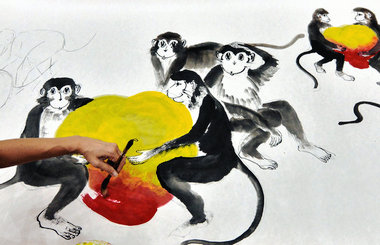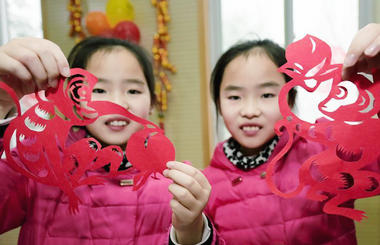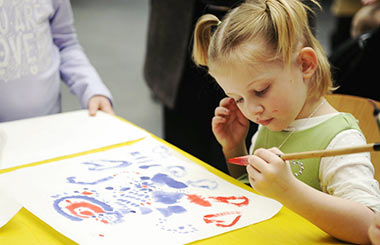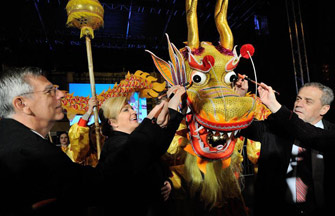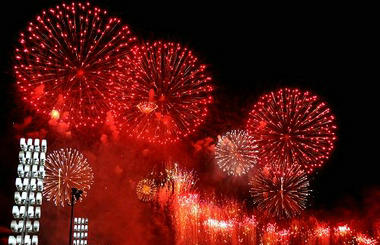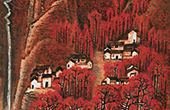Swiss collector to display Chinese art
By Deng Zhangyu ( China Daily ) Updated: 2016-02-02 08:16:17
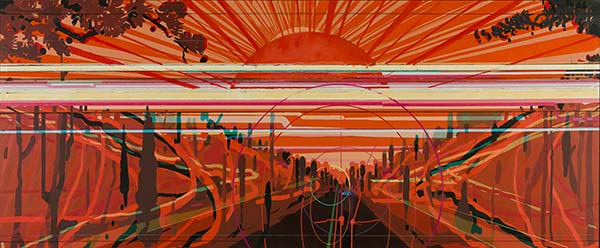 |
|
Eastward by Liu Wei. |
As a Swiss ambassador to China in the 1990s and one of the early people to set up a joint venture between China and the West, Sigg began collecting contemporary Chinese art in the 1980s. He has since visited many studios, buying artworks that most people didn't know about.
As Sigg's collection grew, his name got bigger in China's art world.
Chinese Whispers, the title of the new show, given by curator Kathleen Buhler, stems from a children's game of passing messages from ear to ear. The words usually get distorted during the oral transmissions, and can be seen as a metaphor for Western viewership of contemporary Chinese art owing to cultural and historical differences, writes Buhler in a preface for the show.
But thanks to globalization, Chinese art is increasingly becoming an integral part of the world art scene. A major role in presenting Chinese art abroad has been played by artists, such as Liu Wei, Cao Fei and Fang Lijun, who were born in the 1960s and '70s. They have had some international exposure as well as art training in the West.
The show covers paintings, sculptures, installations and video works that were created by Chinese artists from 2005 to 2015, a period in which they became more confident of the Chinese cultural identity, says Liu Lili, director of Chinese Contemporary Art Award, the annual awards sponsored by Sigg since 1998.
Before 2005, contemporary Chinese art intrigued the West as some kind of "political pop art". With China's economy booming in the past decade, the country's art scene has also thrived.
Contemporary Chinese artists are more likely to infuse their works with essentials of Chinese philosophy and traditional culture, says Liu Lili.
|
|
|
|
|
|
|
|
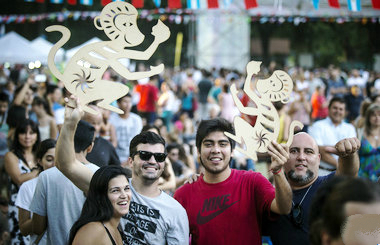
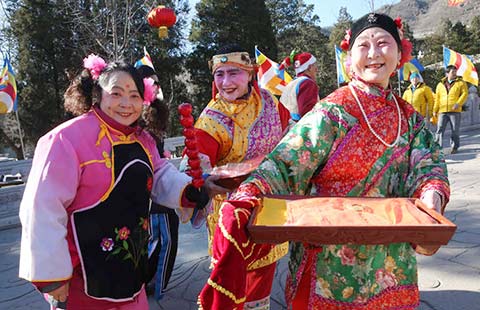
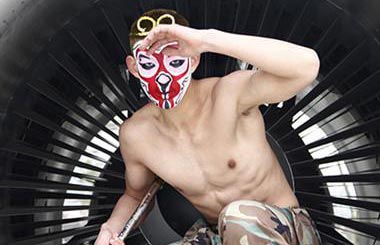
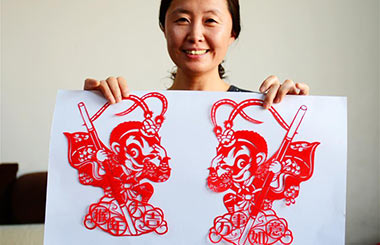
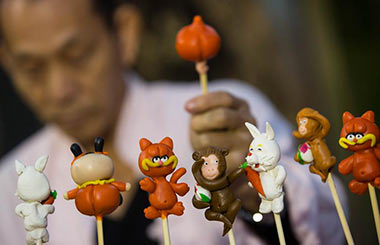
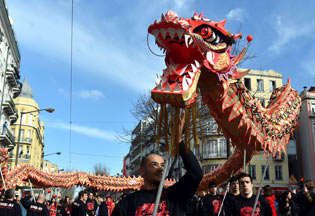
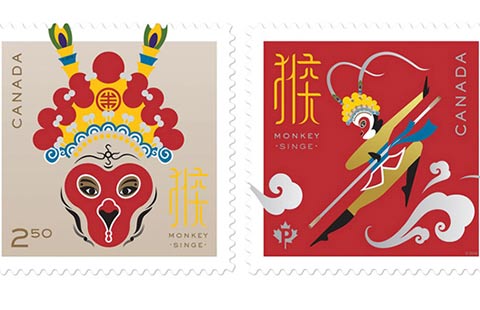
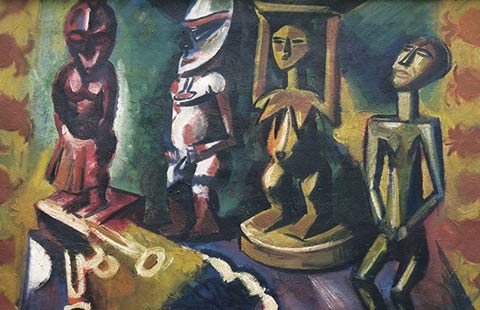
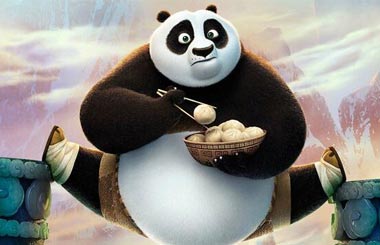
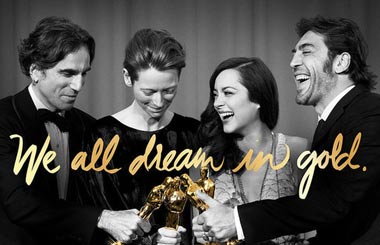
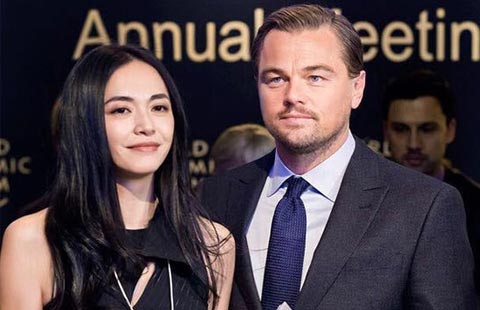

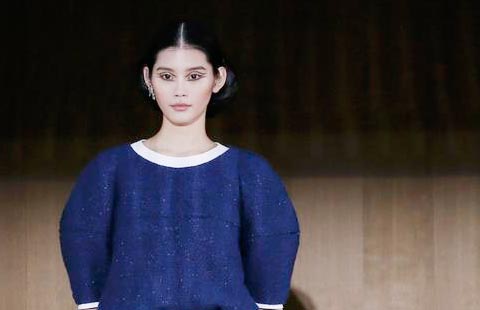
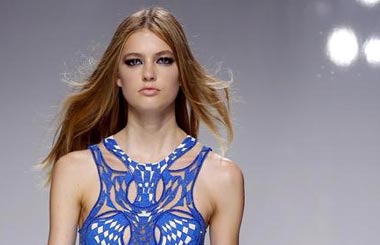
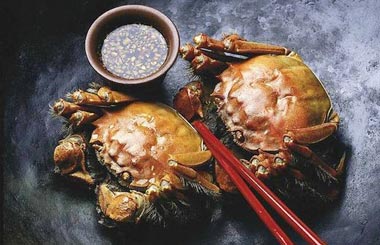
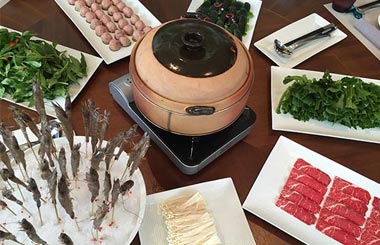
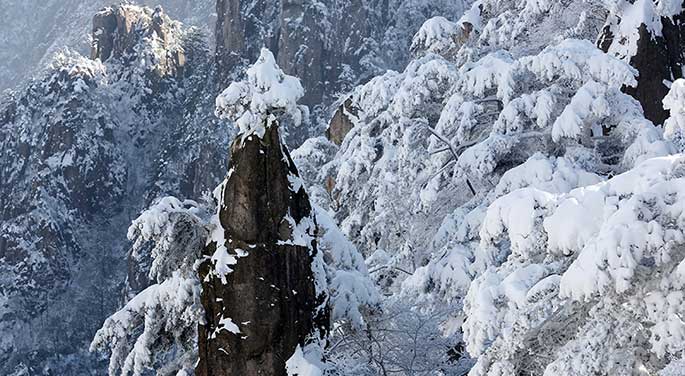
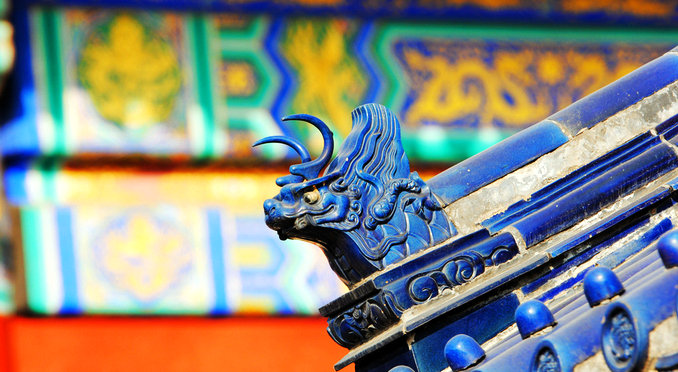
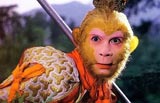
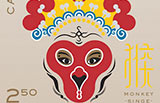
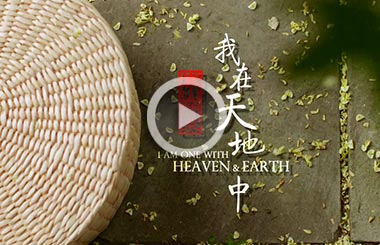
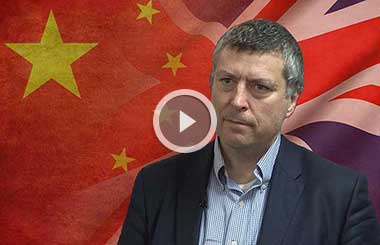
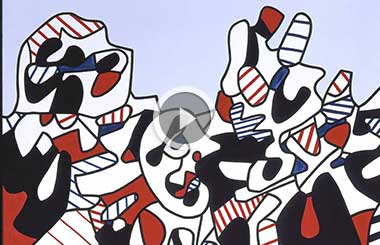
 Raymond Zhou:
Raymond Zhou: Pauline D Loh:
Pauline D Loh: Hot Pot
Hot Pot Eco China
Eco China China Dream
China Dream China Face
China Face

